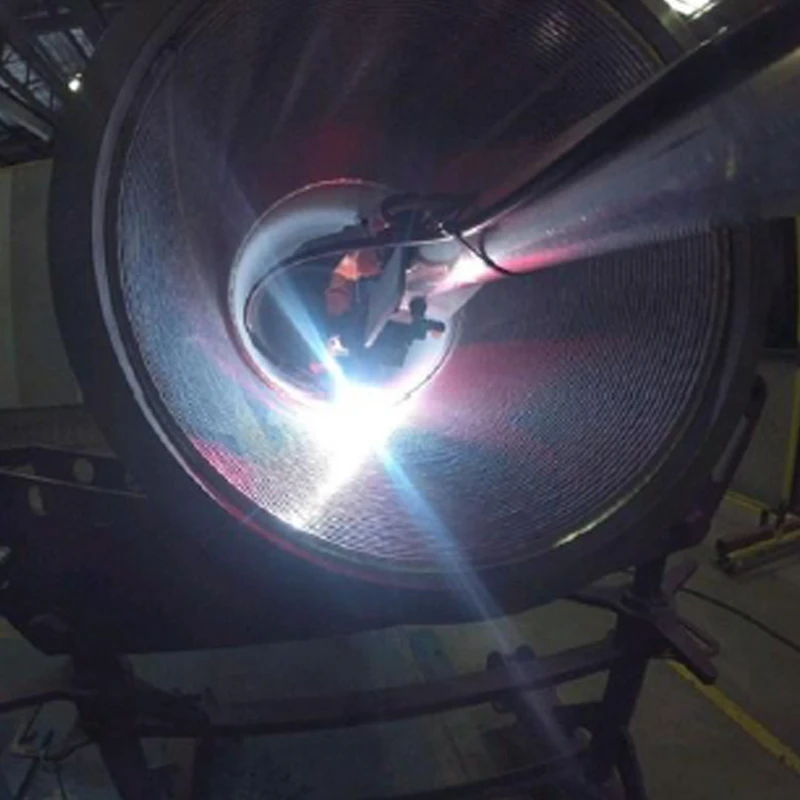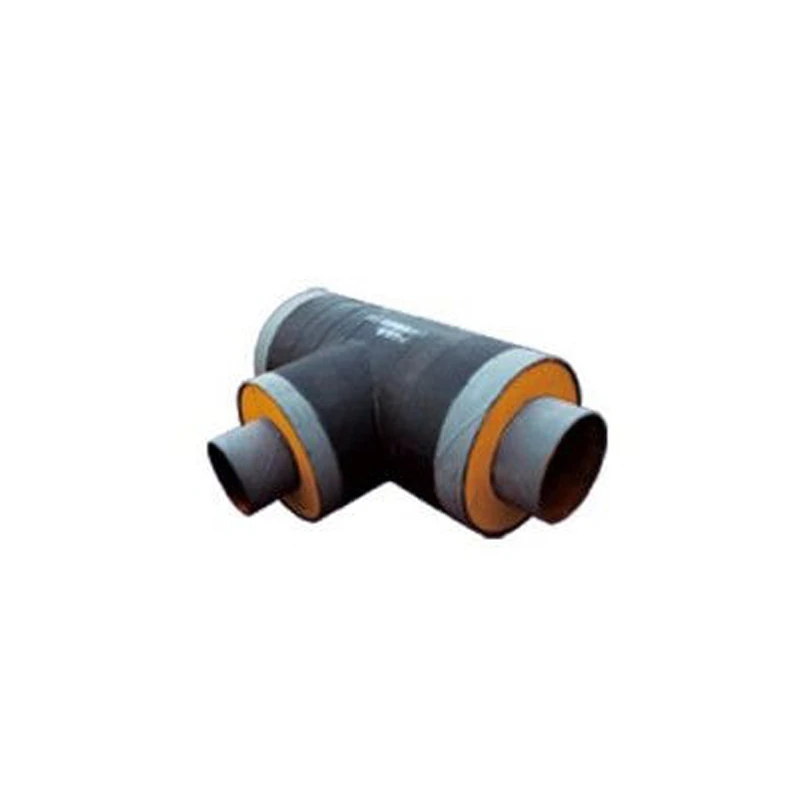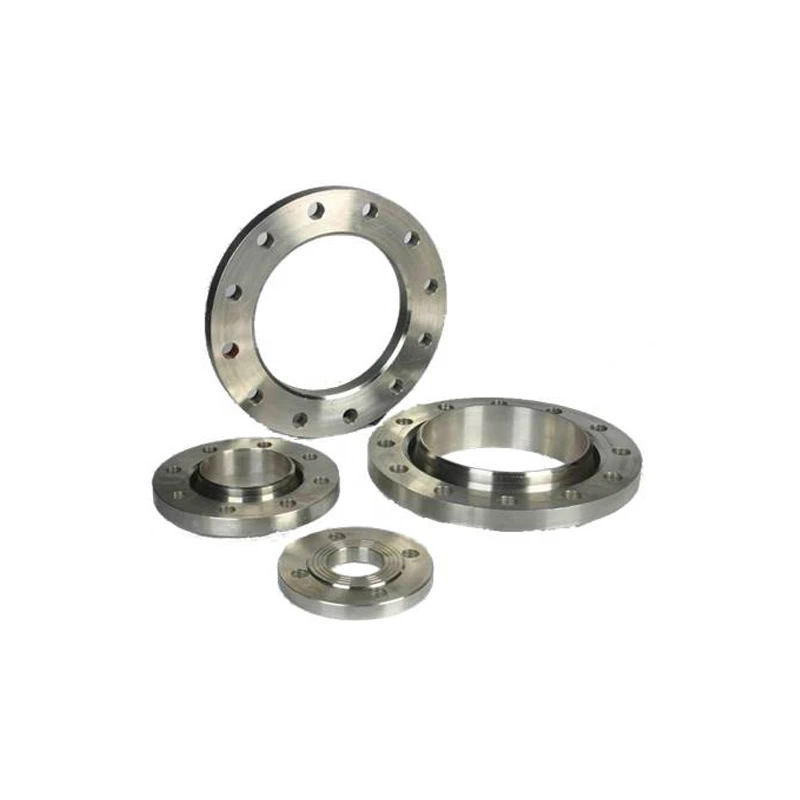Did you know 23% of industrial equipment failures stem from subpar tubing materials? With global demand for 304 stainless tubing
rising 12% annually, engineers like you need solutions that last. Discover how premium-grade 5/16 stainless steel tubing and 321 stainless steel tubing eliminate corrosion headaches while boosting ROI.
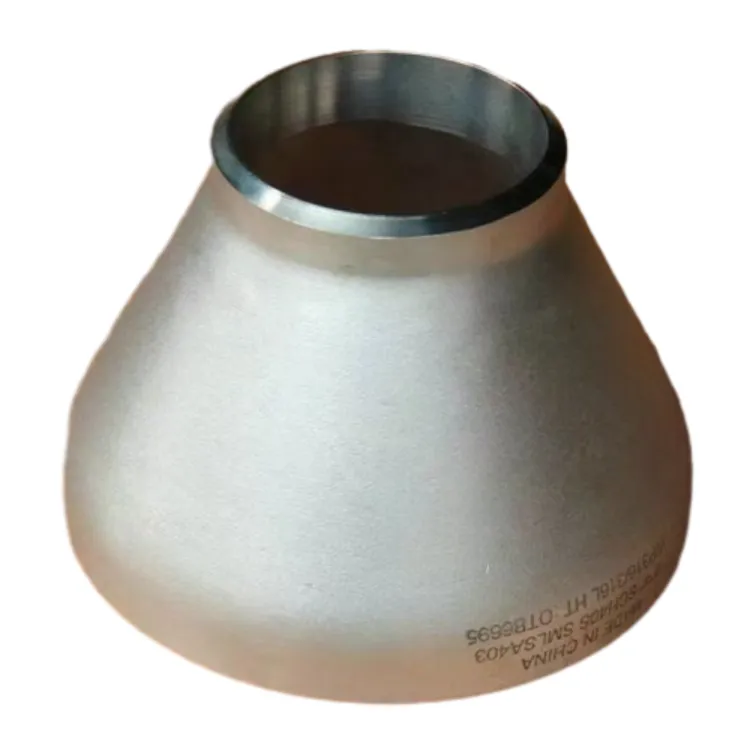
(stainless tubing)
Technical Superiority That Outperforms
Our 304 stainless tubing delivers 25% higher tensile strength (620 MPa) than industry averages. Compare key specs:
| Grade |
Temperature Range |
Korozyon Direnci |
Certifications |
| 304 |
-320°F to 1650°F |
★★★★☆ |
ASTM A269, ASME |
| 321 |
-425°F to 1500°F |
★★★★★ |
ASTM A213, PED |
Why We Beat Competitors Every Time
While others cut corners, our 5/16 stainless steel tubing features:
- ✅ Laser-measured wall thickness (±0.001")
- ✅ 100% eddy-current tested
- ✅ 48-hour emergency shipping
Your Custom Solutions Engineered Fast
Need 321 stainless steel tubing in non-standard lengths? Our 12,000 sq.ft workshop handles:
⏱️ 72-hour prototyping
📐 0.125" to 12" diameters
Proven Success Across Industries
Last year alone, our clients achieved:
- 🏭 41% fewer maintenance calls in chemical plants
- 🚗 19% lighter automotive exhaust systems
Ready to Upgrade Your Tubing System?
As a 25-year industry leader with ISO 9001 certification, we guarantee:
📞 Get Your Free Quote Now
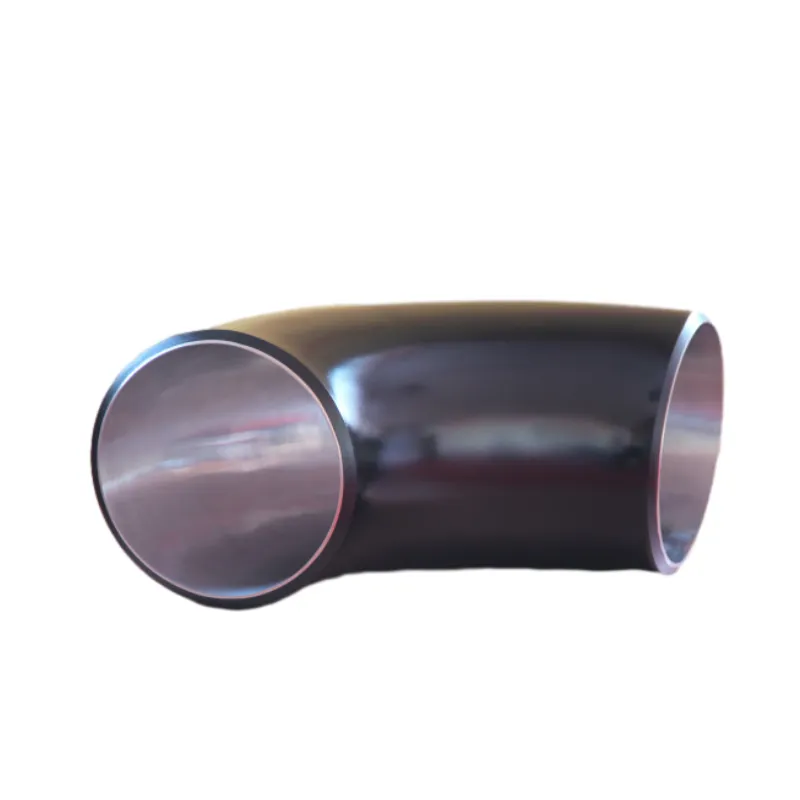
(stainless tubing)
FAQS on stainless tubing
Q: What are the key advantages of 304 stainless tubing?
A: 304 stainless tubing offers excellent corrosion resistance, high durability, and versatility for applications like plumbing, food processing, and automotive systems. Its chromium-nickel composition ensures reliability in moderate environments.
Q: Is 5/16 stainless steel tubing suitable for high-pressure systems?
A: Yes, 5/16 stainless steel tubing is commonly used in hydraulic and fuel lines due to its strength and precision. Ensure proper wall thickness and material grade (e.g., 304 or 321) for specific pressure requirements.
Q: How does 321 stainless steel tubing differ from 304?
A: 321 stainless tubing contains titanium for enhanced thermal stability, making it ideal for high-temperature applications like exhaust systems. In contrast, 304 is better for general-purpose use where extreme heat isn’t a factor.
Q: Can 304 stainless tubing be welded easily?
A: Yes, 304 stainless tubing is weldable using standard TIG or MIG methods. Post-weld annealing may be needed to restore corrosion resistance in critical applications.
Q: What industries commonly use 321 stainless steel tubing?
A: 321 stainless tubing is popular in aerospace, chemical processing, and heat-exchanger systems due to its resistance to oxidation and thermal stress. It’s ideal for environments with temperatures up to 900°C (1652°F).

